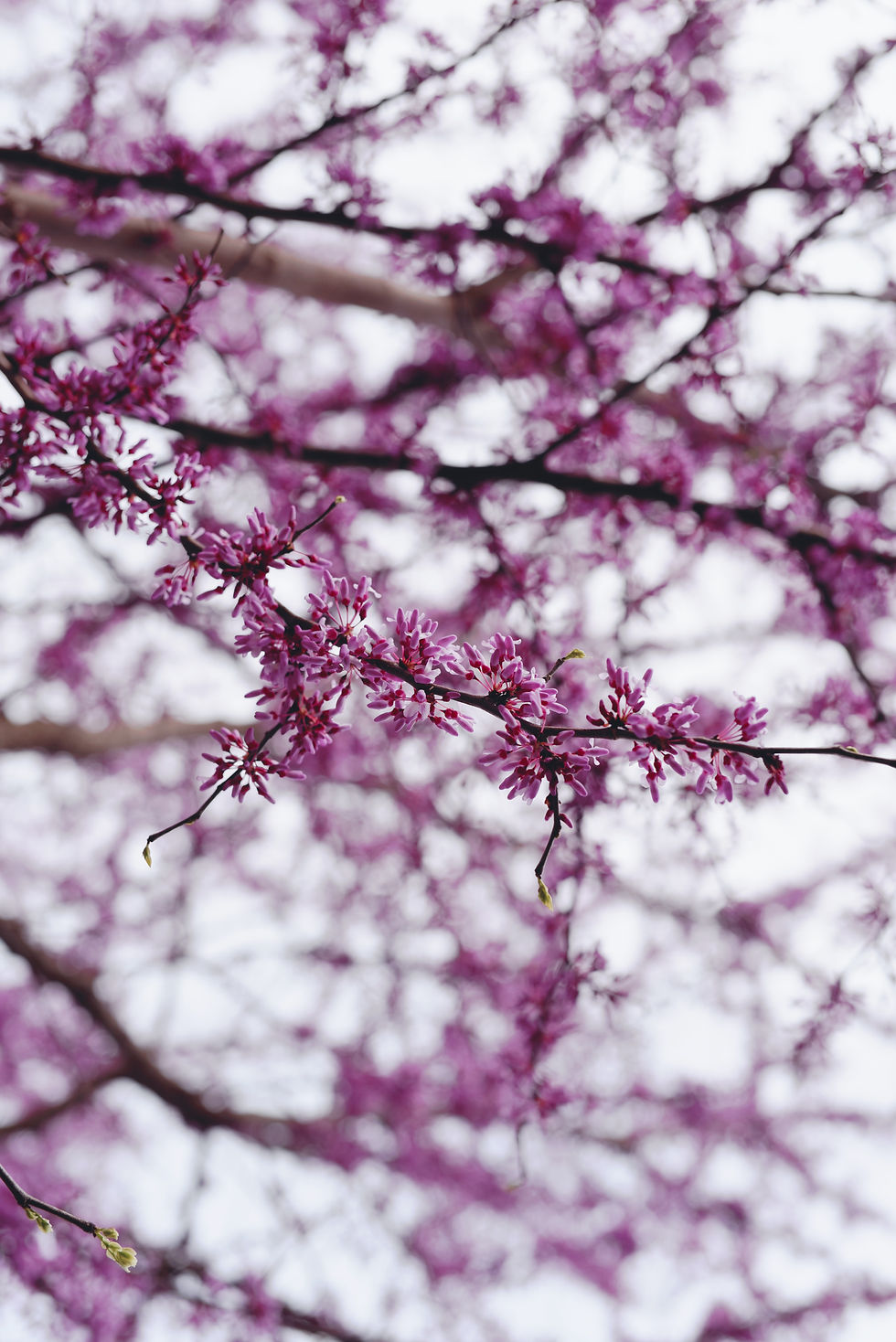
I want to take some time to talk about the “Wild” in my business name, Wild & Wholesome. My life was transformed when I learned about wild harvesting foods. Even though wild foods are nutritionally superior, the main benefit from wild harvesting for me is psychological and emotional. It creates a sense of place and connectedness to our landscape.
Eating wild foods demands that we eat seasonal. There are no red bud petals in July or Pawpaws in March. Just as you’re getting sick of a food, the season is over and you move on to the next, leaving you longing for the sweetness of the wild berry until next year. Because of this, they are much more flavorful and nutritionally dense than the domesticated foods.
Our society has been farming for 500 generations, but for 50,000 generations we were (are) a part of nature; we were wildlife. There’s still a legacy deep in our tissue of instincts; our spirit still longs to be a part of the wild, at least mine sure does. Which explains why we feel calmed when it rains, for we know we will have water to drink, and we know there will be food to eat. We feel peace when we have a view, for then we know we are safe because we could see danger coming. For me, to feel the sensation of calm in nature is to feel true peace. Harvesting wild foods is just a taste of connecting with our primal self.
Domesticated foods in most cases have been cultivated over generations to produce the best tasting, easiest growing plant. We have breed medicines out of plants because they are bitter or stringent. The problem with that model is that plants and animals are only as healthy as the food they eat or the soil they live in. So, if we constantly deplete the soil of nutrients, the food isn’t that nutritious; and if an animal is only eats grain pellets, we are missing out on the nutrients of the ripest grass or fattest grubs. But if a plant naturally grows in a location, without tending to, fertilizing, weeding, watering, it’s obviously growing in an optimal condition, therefore getting what it needs from the earth to thrive. Similarly, if an animal is thriving and eating wild foods, it’s healthier and we will be healthier when we eat these foods.
The domesticated diet, Standard American diet, is medicinally deficient, and much more homogeneous. These food are always available. Does anyone really know what season bananas or wheat are ripe? If your apple or tomato is flavorless, it’s because:
it didn’t get to full ripeness in order to ship it to you before it going bad
and/or because the soil it was grown in is depleted due to years of agriculture and erosion
and/or the pungent flavor has been breed out to create a consistent crop for mass producers.
When we embrace diversity and don’t eat the same foods every day, we’re providing a variety of nutrients that helps our bodes thrive. Eating wild foods ensures that we are getting variety of nutrients and medicines. Because broccoli, cauliflower, cabbage, Brussels all belong to the same family (along with 3700 other species), we get similar nutrients, but eating the greens of a trillium provide something totally different. Same for animals, when we eat wild fish and game, we get higher quality proteins and fats, but when our meat is factory raised, it is more inflammatory with added hormones, steroids, and antibiotics, and less nutrient density.
Maybe you aren’t the type to go out and hunt and gather, and that’s okay, you can still optimize the nutrients you feed your body, your genetics, and your soul.
Think of eating wild foods on a spectrum from eating highly processed commodity crops to eating to eating foods from your local landscape. You can work your way from most domesticated to least domesticated. Buy or grow local food, and imperatively eat seasonally. Eat strawberries in May, blueberries in June, and tomatoes in July. Most importantly, GET OUTSIDE.

An easy way we can diversify our nutrients is through herbs and spices. Herbs are as close to wild foods as we can get, full of pungency. Teas and herb salts are another favorite way to diversify nutrients.
Whenever you have the opportunity - choose wild to domesticated. Try out that crazy looking mushroom at the grocery store instead of the white button. Does that sound scary? Check out my blended burger recipe (1/3 mushroom). Taste the wild blueberry. (Because it’s smaller, it has less internal mass to skin ratio. The antioxidants are in the skin so, there are more micro-nutrients.) The way that our food comes into our hand also affects the medicinal quality of the food. When your hand chooses the brightest strawberry, from your local strawberry farm, there is a joy that comes with the sweetness that is as equally healing as the Vitamin C the strawberry provides. Our soul is as nourished as our body.
Coming back to wild foods has been a delight for me. I hope it will be for for you too. Not only are you accessing better nutrients, you’re functionally moving your body (to squat and harvest or reach or haul), you're forest bathing, grounding, breathing fresh air, getting exercise, and escaping this place we call “reality” and connecting with the natural world. So, even when you come home empty handed, you have still gained so much.
Eat Real Food, the Wilder the better. (and take your time looking and learning)

Photo by Christian Bowen on Unsplash

Comments